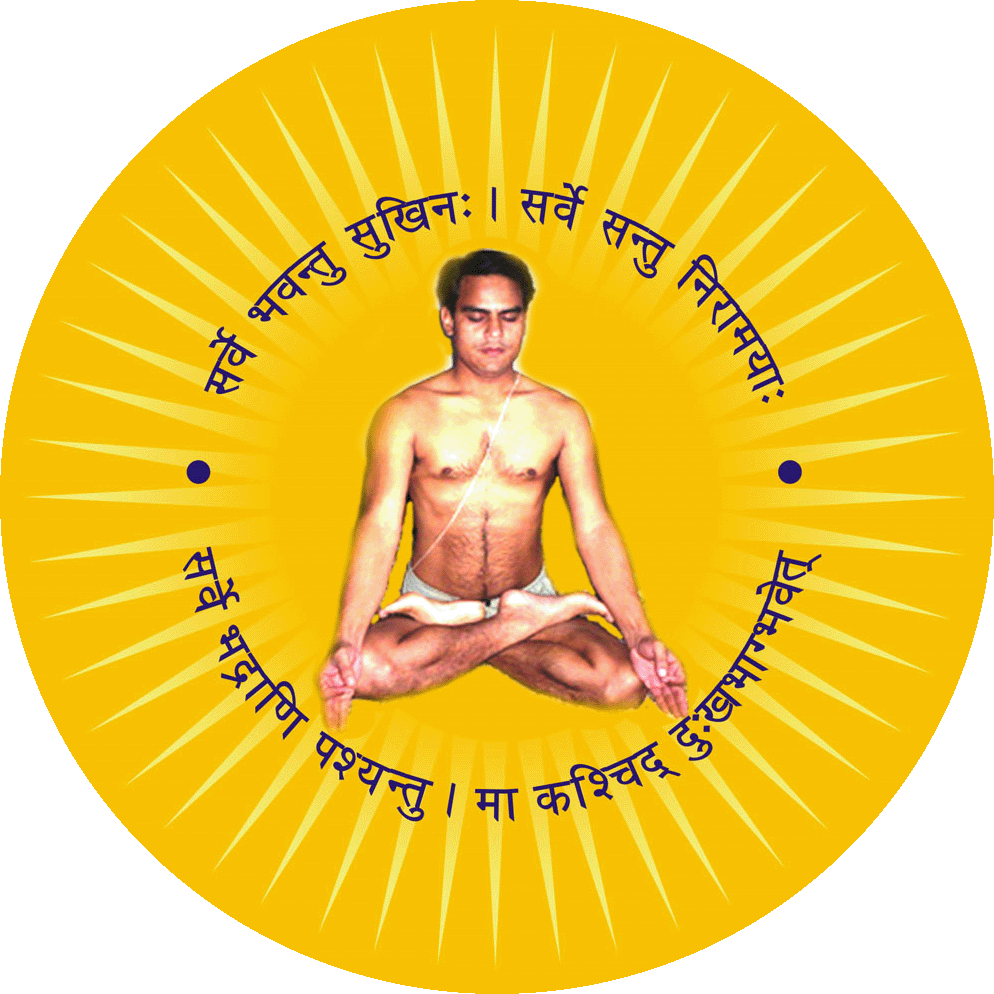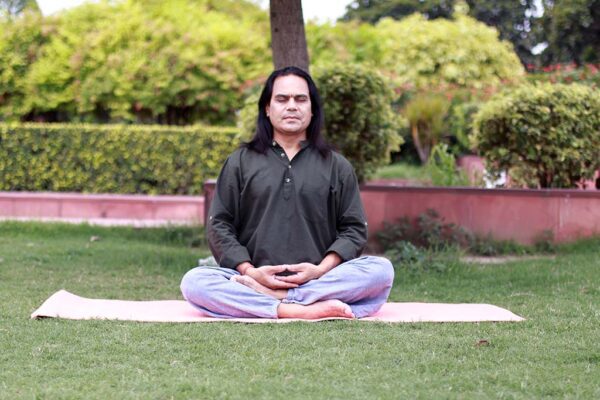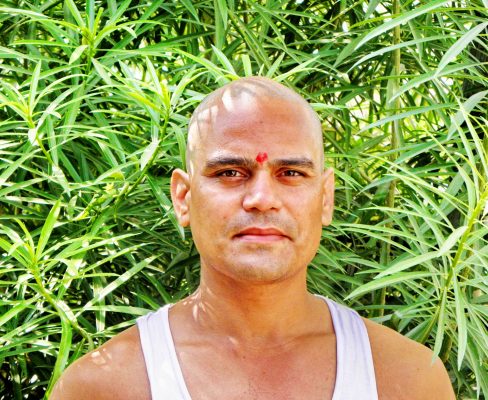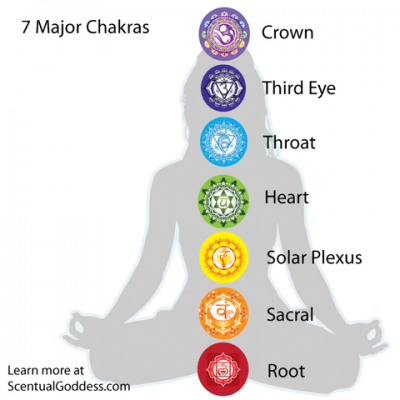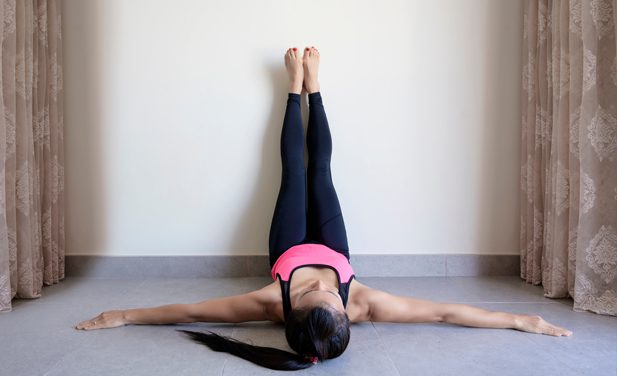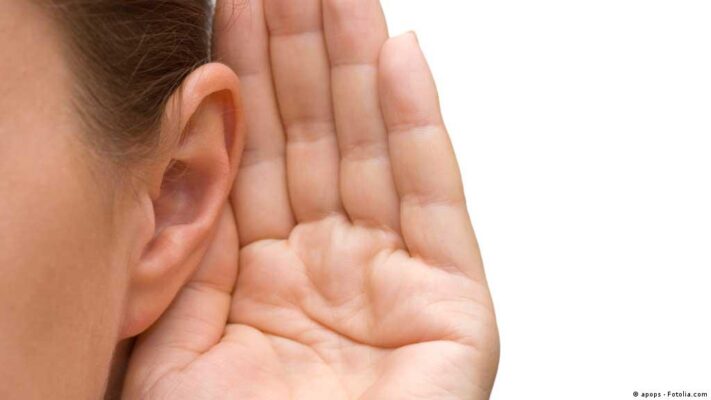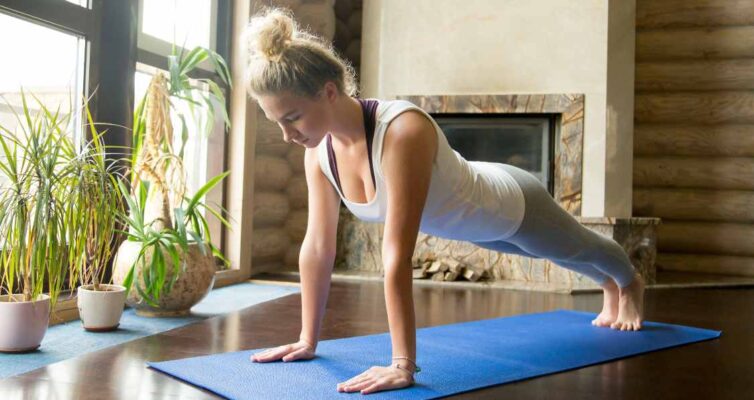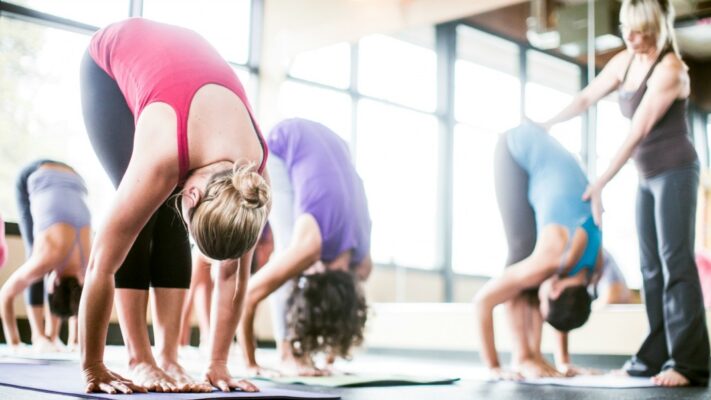Yoga asana has many benefits, it is a powerful tool for emotional development. Some of these benefits are physical, while others are more emotional. This article will explore some of the most popular yoga asanas to practice for emotional development and why they are so effective.
Uttanasana

Uttanasana is an exercise that allows you to lengthen the torso, reaching the chest to your toes. It is a powerful yoga pose that relieves back stiffness and tension. It also helps cleanse the kidneys and improves blood flow. Uttanasana is a great way to relax and unwind your mind.
This forward bend helps the nervous system, which is essential to healthy emotional development. Proper functioning of the nervous system allows the brain to function correctly. Uttanasana also strengthens bones and strengthens the immune system. It is also a great way to deal with menopause symptoms and relieve hot flashes.
Janu Sirsasana (Head-to-Knee Pose)

Janu Sirsasana is a yoga asana that helps people release emotions and calm their bodies. It activates the Root (Muladhara) chakra and stretches the shoulders, hamstrings, and groins. The pose is also helpful for people with mental health issues, such as anxiety and depression. It also stretches the spine and hamstrings.
The name Janu Sirsasana comes from Sanskrit and means head to knee. This asana helps strengthen the hips, stretch the groins, and relieve anxiety and fatigue. To perform this asana, you must be seated on the floor with your legs bent and your torso facing forward. It would help if you placed your hands on the floor on either side of your left leg.
Bhujangasana

The most important thing to do when practicing Bhujangasana is to stay calm. Practicing this pose can improve your overall health and well-being. It is recommended that you practice it in the morning and the evening, and you should practice it for at least 4 minutes each time. However, if you are prone to back injuries, you should consult with a medical professional before performing this pose.
Bhujangasana, also known as the cobra pose, is a posture that requires spinal flexibility and works on multiple nerve centres in the body. In addition to its physical benefits, it also helps with emotional disorders.
Sarvangasana

Sarvangasana is a yoga pose where you bend your knees to your forehead. After this, you should lower your legs and spine vertebra by vertebra to the floor. Relax in this position for 60 seconds. You should consult a yoga instructor if you cannot do the asana.
This asana helps in emotional development by improving blood flow to the brain. The increased blood flow to the head energizes the eyes and ears and helps to prevent headaches. It also helps to balance the endocrine system, which regulates hormone levels.
Sarvangasana also promotes good sleep and increases happiness hormones. The pose also helps to relieve depression and anxiety. It can also improve the hair’s health and the body’s overall functions.
How does yoga asana affect you emotionally?

When practicing yoga asana, many people don’t realize that they are also allowing their bodies to release emotional tension. Yoga teaches the body to process emotions, which can help us understand and resolve emotional conflicts. Yoga can help us deal with feelings of anger, sadness, and anxiety. However, some poses can trigger intense emotional reactions.
Yoga asana helps us access more profound areas of ourselves, including our minds. Through breathing techniques and meditation, yoga helps us deal with many different issues of the mind. It is as if we are strengthening the brain cells just as we do with our muscles. Yoga also helps us heal our minds by reducing stress and improving our cognitive abilities.
A recent study found that yoga can help ease symptoms of depression. It also increases serotonin levels, which contribute to happiness. The meditative atmosphere of yoga classes can also help reduce stress. During a yoga session, instructors stress the importance of breathing, concentration, smooth movement, and positive imagery.
Another study found that yoga helped people with depression and PTSD to focus more clearly. Those who practiced yoga had better sleep quality and reduced anxiety. The participants in the study reported reduced blood pressure, heart rate, and respiration rates, which reflected a calmer state of mind.
Is Yoga asana good for anger management?

One of the most powerful techniques for managing anger is pranayama, or breathing exercises. These exercises encourage your body to release toxins and relax simultaneously. The breathing exercises Yogendra Pranayam I, II, and IV produce an inner sense of harmony and calm that has a calming effect on the mind. Another effective technique for anger management is the Ujjayi, or energy-renewing breath. This exercise transforms your perspective and helps you release anger.
Another effective anger management exercise is the fish pose, which helps increase blood circulation to the head. Practicing this pose helps calm your anger and improve your ability to focus. The first step is to lie on your back and rest your arms behind your head. The next step is to stretch your arms and legs while pressing your forearms into the floor. Then, raise your chest to create an arch in your upper back. Finally, finish the pose by resting your head lightly on the floor.
The corpse pose is also beneficial. It stretches the lower back and abdominal organs and increases circulation. In addition, this pose improves your balance and strengthens the connection between your body and mind. It also improves digestion and helps you release anger.
Which Yoga asana is essential for Emotional Management?
One particular yoga asana sequence for emotional management is uttanasana. It’s known for its ability to help people deal with frustration and anger. By stretching the hips and hamstrings, uttanasana can relieve depression and calm a disturbed mind.
For people who have a hard time controlling their emotions, yoga can help. When practiced with a mindful approach, yoga offers a safe space to process emotions. Rather than being identified with them, yogis learn to observe them without reacting. As a result, these emotions often become untangled.
Yoga asana has many benefits for emotional health. It can help people to manage their stress levels and reduce depression. Its breathing techniques, asanas, and mantras can help calm your nervous system and elevate your mood. The benefits of yoga are well documented by contemporary medical and psychological research.
Emotional management is a skill that one can learn through practice and commitment. It’s about learning to regulate your emotions, so they do not control you. Learning to control your emotions can be a great path to emotional freedom. It can help you feel more connected to yourself and others.
In a Norwegian study, researchers studied the effects of yoga on young people’s emotional regulation. The students whose yoga practice improved their ability to regulate their emotions reported feeling happier and less anxious. In addition, the young people reported that yoga helped them regulate their emotions and improved their relationships.
How does Yoga Asanas increase happiness?

The practice of Yoga is associated with a greater sense of happiness. Studies by Richard Davidson and others have shown that the prefrontal cortex in meditators is more active, which correlates with increased happiness levels. Additionally, they found that the increased activity of this area of the brain is associated with improved immune functions and decreased levels of depression. The improved function of the endocrine glands can also be associated with improved levels of happiness and mood.
Research shows that Yoga can increase levels of the hormones oxytocin and serotonin, which help the brain create feelings of happiness. It also increases levels of GABA, which helps with depression and anxiety. It can also train the mind to react positively to stressful situations. In addition, Yoga enables people to connect with their inner selves, which can help them face challenging times.
The downward-facing-dog pose is an excellent way to lift the mood and increase blood circulation. The posture is also beneficial for nerves and stress. While this pose can be challenging to master, it can create an incredible feeling of relaxation. Many people who practice Yoga find it a great way to relieve stress and improve their health.
Yoga is a highly personalized practice. They must practice it with wisdom and modifications tailored to the individual. It is essential to practice Yoga as often as possible, especially at the beginning, during the induction phase. The length of this phase will depend on the individual’s fitness level and health status. As with any exercise, the more challenging the yoga practice, the more likely it is to be beneficial.
